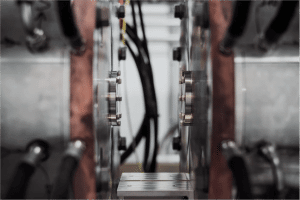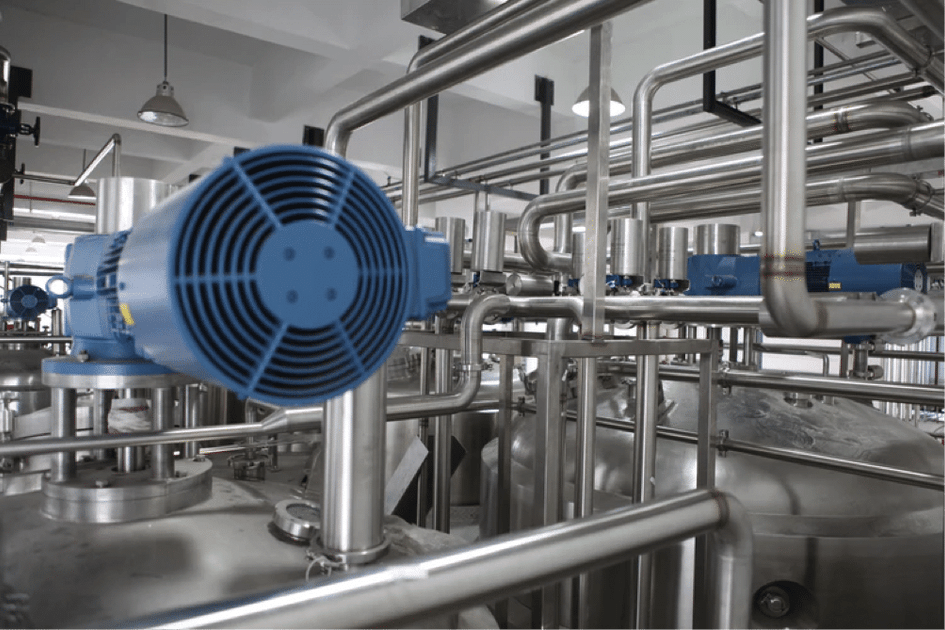LED Lighting for Food Processing Plants
By oeo2018 • Apr 23, 2018
Industrial spaces have many needs, but some need a more delicate touch than others. While everything can be boiled down to a science, the food processing industry needs to ensure all of their calculations are correct. If not, the outcome could be calamitous, not to mentioned deadly.
With every facet of their business under strict guidelines, food processing plants need to create an environment which is as safe as it is productive. LED lighting can help make this difficult task significantly easier.
Productivity
The vast amount of food processed in America per year is staggering. In 2015, 66.6 pounds of chicken alone per capita was made available to consumers. With all of this food going through various processing plants (chicken in particular often being highly processed), cutting corners can be tempting.
While such nefarious practices are abhorrent, cutting corners on overheads is not only possible, but recommended. LED lighting can save up to 70% on lighting bills compared to previous lighting solutions such as CFL and metal halide bulbs.
This means the large spaces often required for food processing plants can be lit without having to burn the energy previously required. Add to this government incentives for making the change to LED lighting as well as the decreasing initial cost of bulbs and you have some great reasons to light differently.
Safety
With steel mills and heavy industrial machinery, some of the dangers are obvious. Molten metal and precipices need particular safety regulations. For food processing plants, the dangers are more concerned with hygiene. While it might not seem as dramatic, the consequences certainly are.

Whether cold storage, food cleaning, meal assembly, warehouses or abattoirs, the safety concerns can be broken down like so.
- Light quality: food inspection is imperative. The food needs to be at the right temperature, but much of the contamination problems can be solved by looking directly at the product. If the light isn't good enough, then problems can be missed.
- Temperature: just as much of the food cooked at home needs to be stored at the right temperature, the same goes for food which comes into the plant. LED light bulbs give off much less heat than their competitors making temperature control both easier and less expensive.
- Color rendition: it isn't just the ability to see the food which is important. Much spoiled food will develop a noticeable change to its color. This means that if the hue of the bulbs isn't correct it can lead to either good food being thrown out or spoiled food not being so. LED lighting can control this color and provide a range of hues for different purposes.
- Durability: while not always as machine heavy as some types of plants, industrial food processing is at such a scale that it can nonetheless be very dangerous. Hot temperatures for cooking, chemicals for food cleaning and massive equipment for large processing means that lighting fixtures need to be durable. This is something that LED lighting naturally lends itself too. They use non-toxic lightweight materials which can still also be water tight for food washing purposes as well as steam and other moisture considerations.
The combination of savings and safety means LED lighting can help food processing plants avoid business ruining outbreaks and improve quality along with the quantity.
